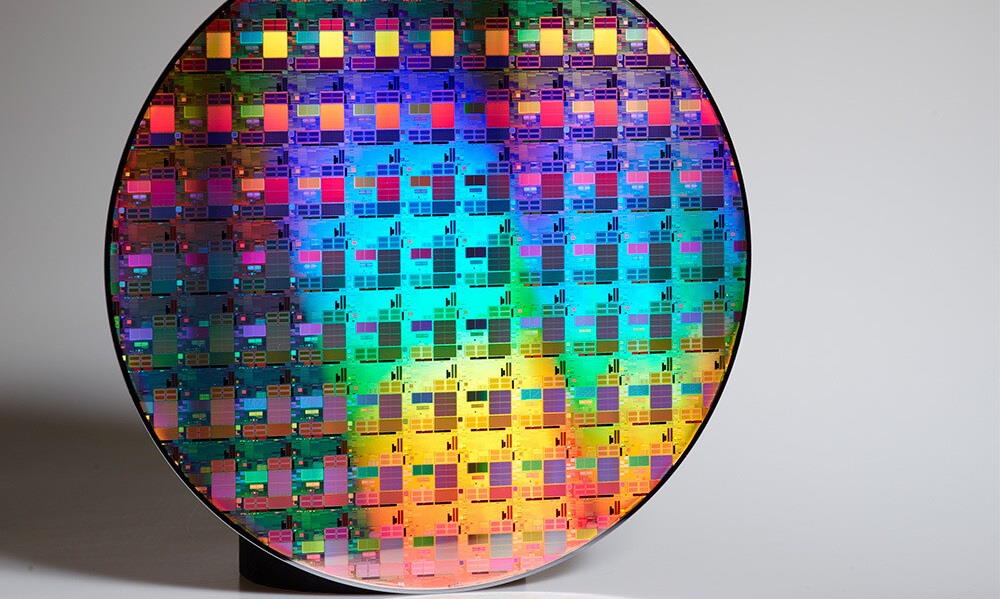
The 3 nm node has become TSMC’s “star product”, although as we saw in this article the demand is not being as good as the Taiwanese giant expected, and for this reason it has been considering the application of a drop in price (cost per wafer). Lowering prices when demand falls is a basic strategy, but in this case it is not the only incentive they are promoting.
Mass production under TSMC’s 3nm node kicked off in Q4 2022, which means the giant already has more than enough data to make a first assessment of the success rate of this at the wafer leveland its performance in general.
According to the first information, both values have exceeded the expectations that TSMC hadand this is key for the Taiwanese company, since this node is going to become a key pillar for a multitude of new products within the technology sector, and because it has several years of life ahead of it.
Apple will be the most important customer from TSMC when it comes to the 3nm node. The apple company will make the leap to this node with all its next-generation chip designs, which means that we must include both the A17 Bionic, which will debut on the iPhone 15 Pro and iPhone 15 Pro Plus, as well as the M3, which will be used in the next generation MacBooks, and also in the desktop Mac series.
Other tech giants such as AMD, NVIDIA and Intel will also use the 3nm node, but on different dates. The first two recently made the leap to the 5nm node, so we can almost certainly say that they still have another generation based on said node ahead of them, and therefore they won’t start using the 3nm one for a couple of yearsAs minimum.
It was rumored that Intel could be the first of the three to use such a node in the iGPU that its new generation Meteor Lake processors will bring, but the most recent information indicates that finally its graphics core will be manufactured under TSMC’s 5nm node. This would mean that Intel would postpone the adoption of TSMC’s 3nm node until the arrival of Arrow Lake, successor to Meteor Lake. For now, Intel will continue to use its own nodes on its processors, and will only outsource things like the SoC and iGPU.